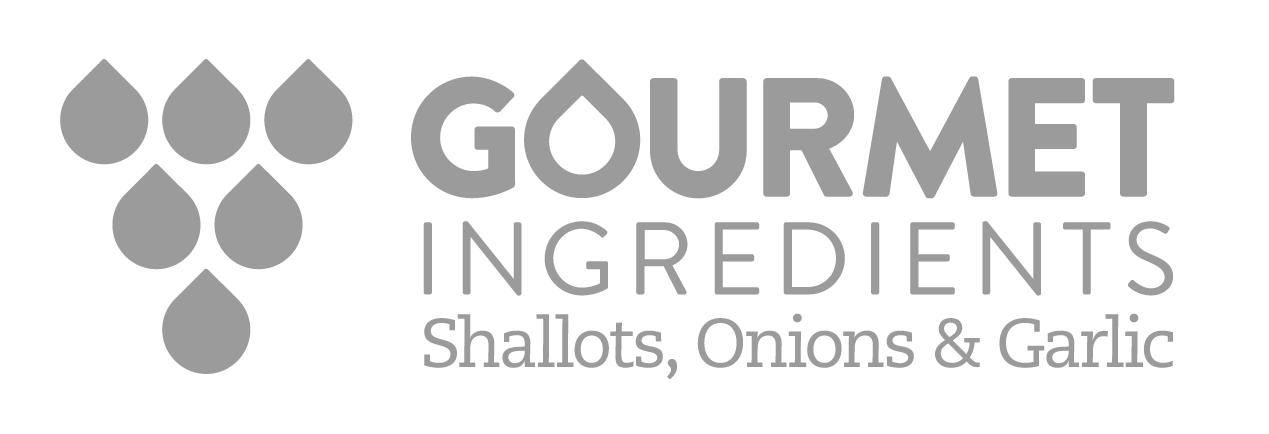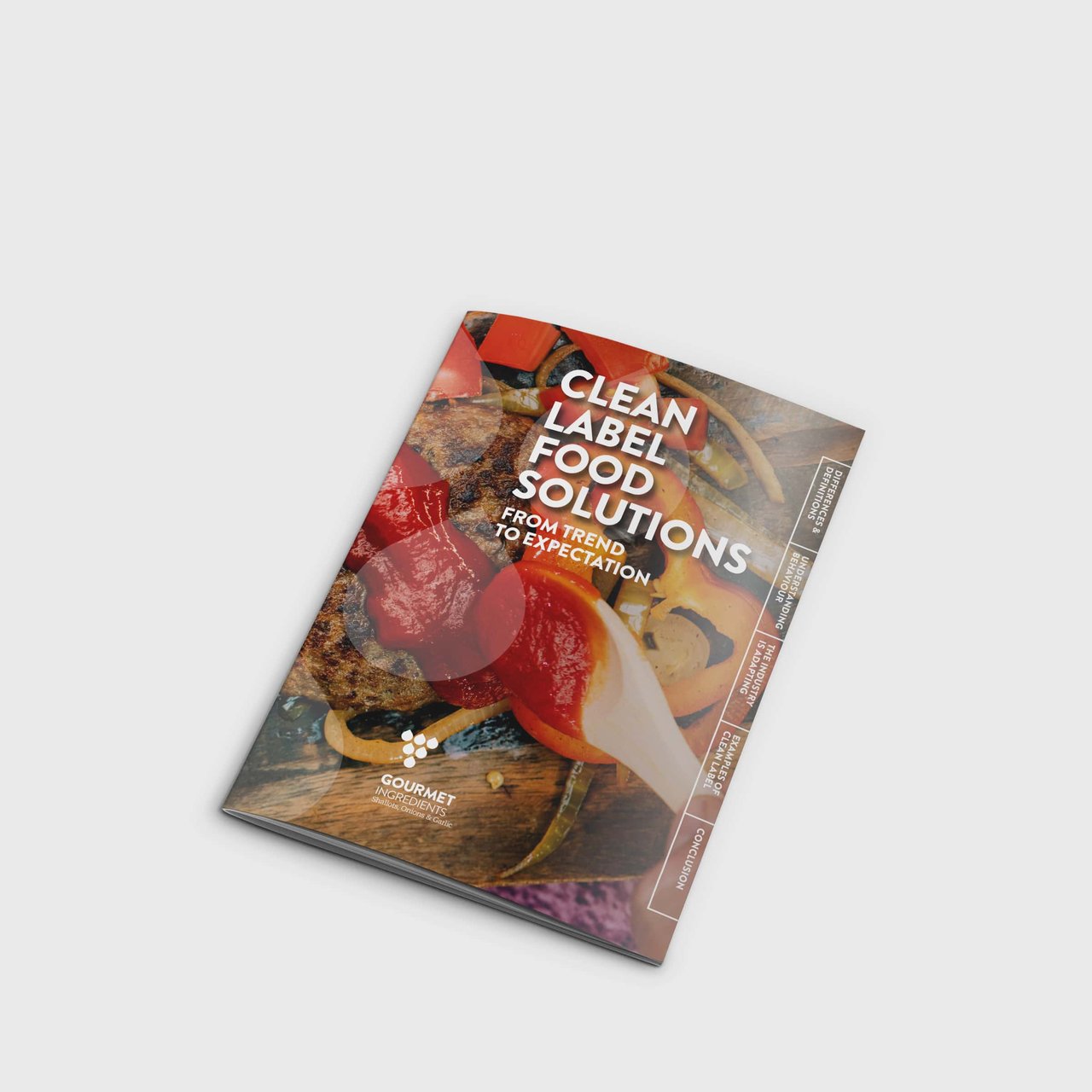Q&A: The Future of Ready Meals
Our Commercial Director, Ronald de Wild, was featured in TWOFI magazine’s Opinion Edge. A piece where industry experts speak on insights and trends from the world of food ingredients.
For this specific issue, the topic was ready meals. Read further to find out about the biggest challenges in this food category and Ronald’s take on insect protein. 👇
Q: What are some of the most frequent requests you currently see from clients when designing ready meals? How do these compare to recent years? Are there any notable shifts or are the trends staying fairly constant?
A: New product development in the ready meal category used to be driven by new flavours and cost reduction. In recent years, an increasingly strong push has come towards reducing the number of ingredients on the label, using more vegetables and ingredients that are more natural and understandable (onion, garlic, kale, etc.) and marketable (curcuma, quinoa, bulgur, etc.). The latest strong trend coming up is for food manufacturers to use ‘food waste’ stream whenever possible. These trends appear to become stronger by the day and are here to stay.
Q: Within categories like confectionery and beverages, there has been an uptick in adventurous sensory experiences as well as functional formulations for mood. Do you see any of that happening within ready meals?
A: Not as strong as in beverage and confectionary. The ready meal industry’s biggest challenge has always been to try to deliver a meal with the highest possible degree of freshness (so no overcooked vegetables and meat). Big steps have been taken in that regard, and new ready meal brands and concepts pop up that manage to maximize the freshness of the meal as if you just prepared it from scratch yourself. Most product formulations in this category currently lean more towards meals you could be making yourself at home but are very time-consuming, hence focusing on the convenience element while not comprising on taste. Examples of meals are beef stew with steam vegetables, fried rice with chicken and green veggies, salmon potatoes and fried veggies, etc.
Q: What are the up-and-coming food preservation technologies or techniques to keep food lasting fresher for longer while minimising E-numbers?
A: This is a big area of focus of the entire industry. E-numbers are present for very specific purposes like preservation, binding, colouring, taste, etc. These functionalities can be replaced by ingredients that deliver these functionalities naturally. The winning ingredients in this category will be vegetables with multiple functionalities, allowing product developers to replace e-numbers, add more vegetable and present more natural and understandable labels. Onion for instance is broadly known to deliver taste, but can also deliver colouring and preservation to specific applications.
Q: Meat still takes the spotlight in ready meal innovation. What other proteins are expected to take more market share in the coming years? Do insects have a chance? When can we expect cell-based meat to appear in ready meals and are there any tech challenges vs regular meat? For example: flavour, shelf life, etc.?
A: While I sincerely believe insects are perhaps the most sustainable protein source, it may take another decade before the main stream consumer is ready to accept this as a common food ingredient. Therefore, the focus will be on vegetable, sustainable (high yield, low environmental impact) and locally (botanical fit with local environment, less dependence on foreign sources) produced proteins. With regard to cultured meat, it is only a matter of time until the taste will undistinguishable from regular meat. Cultured meat is far more sustainable and humane compared to regular meat, but the success will for a large part depend on its cost compared to regular meat. In some countries, specific tax regimes might appear favouring the more sustainable cultured meat and thereby pushing the cost advantage towards cultured meat and speeding up the market growth of these products.
If you want to know more about ready meals, check out our white paper "The post-pandemic food supply chain" and read how the global health crisis has effect this specific convenience food category.







